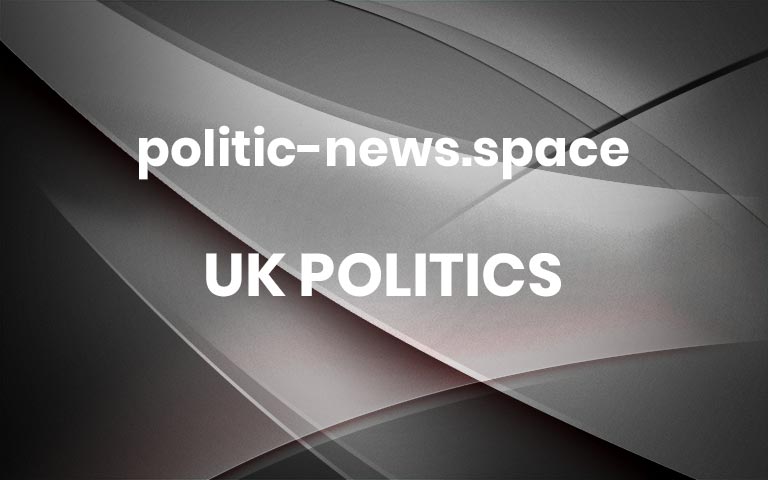Governments across Latin America are stepping up efforts to vaccinate their populations against measles, as outbreaks in North America drive a 34-fold increase in the number of cases reported in the region this year.Measles cases have surged worldwide to a 25-year high, due to low vaccine coverage and the spread of misinformation about vaccine safety. However, there is added concern in parts of Latin America over unequal access to healthcare and the worrying situation in the US, which is facing its worst measles outbreak in decades following a reversal of vaccine policy led by Donald Trump’s health secretary, Robert F Kennedy Jr.“The US’s political position in relation to health and vaccination is an outrage,” said Rosana Richtmann, an infectious disease doctor and coordinator of the Brazilian Society of Infectious Disease’s immunisation committee. “It’s a problem for us.”View image in fullscreenMeasles was successfully eliminated from the Americas in 2016, and then again in 2024, but the continent is now at risk of losing its measles-free status. There have been 11,668 cases reported across 10 countries in North and Latin America, according to the latest data from the Pan-American Health Organization (Paho).More than half of these cases are in the US and Canada, with three deaths in the US and two in Canada so far.Mexico is the hardest-hit country in Latin America, with more than 4,800 cases and 22 deaths, followed by Bolivia with 354 cases. Other countries, including Brazil, Belize and Paraguay, are dealing with a few dozen infections linked to imported cases.Concern over high numbers of cases in North America has led the Brazilian health ministry to focus more on the highly contagious disease with a nationwide vaccination campaign launched for children and teenagers in October. Adults who did not have the measles, mumps and rubella (MMR) vaccine as children are also being offered the jab.View image in fullscreenBrazil also has protocols in place to respond swiftly to individual cases. When a nine-year-old tested positive for measles on 7 October in Várzea Grande, health authorities were swift to act. Nurses kitted out in protective gear visited the child’s school and worked quickly to implement “ring vaccination”, inoculating everyone who had been in contact with her.The city’s health teams have also been going from door to door to identify unvaccinated people and holding vaccination drives in a shopping centre and the international airport.Richtmann said the biggest fear was imported cases. “We are much more worried about Brazilians travelling to Europe, to the US or Canada [catching measles and bringing it back], than about those who live here,” she said.Amira Roess, a professor of global health and epidemiology at Virginia’s George Mason University, agreed that the outbreaks in the US posed a threat to neighbouring countries.“Now suddenly, you’re more likely to run into someone who has some kind of infectious disease [in the US]. You visit the US, you go home with souvenirs – and you might also go home with measles,” she said.Mexico’s first measles case in February was imported from Texas by an unvaccinated Mennonite boy. Bolivia’s first cases also spread through pockets of unvaccinated people living in Mennonite settlements.Mennonites are Anabaptist Christian communities of European descent who reject many aspects of modern life, including vaccines.Daniel Salas, executive manager of Paho’s special programme for comprehensive immunisation, said: “Having close-knit communities that are often reluctant to receive vaccinations and having large flows [of people] from country to country through the region are aggravating factors.”View image in fullscreenHealth authorities should identify communities resistant to vaccination and target their efforts there, Salas said.There is no cure for measles, which can lead to serious complications and even death, but it is easily preventable with two doses of the MMR vaccine, which provides 97% protection.MMR vaccination rates in Latin America fell during the Covid pandemic and the years leading up to it but have recovered since 2022, reaching 86% last year, according to the World Bank. However, this remains below the 95% threshold needed for herd immunity, with a lag in uptake of second doses and significant disparities between countries and within them.View image in fullscreenLack of information and access to heathcare has contributed to lower vaccination rates, but doctors also blame the influence of the growing anti-vaxxer movement in the US.“A lot of South American countries look to the US,” said Carlos Paz, head of infectious diseases at the Mario Ortiz Suárez paediatric hospital in Santa Cruz, Bolivia, where 80% of the country’s cases have been reported.“The population sees what a US minister says about vaccines, and some people start to say, ‘well, we shouldn’t get vaccinated here either’,” he said.While the US health secretary did endorse the MMR vaccine after an outbreak in Texas in April, Kennedy has also spread misleading information about it and misinformation about measles treatment.This month the US Centers for Disease Control and Prevention, now led by a biotech investor, suggested the MMR vaccine should be given as three separate jabs, even though the safety and efficacy of combined shots have been demonstrated by decades of research and going against the CDC’s own longstanding advice.Bolivia declared a national health emergency in June, extended school holidays to avoid contact between children, and launched a widespread vaccination drive, relying partly on donations from Brazil, India and Chile. But coverage in October had still only reached 45%, while the government still has 1.6m doses available.“We’ve been campaigning to increase the vaccination rate. Each doctor, each paediatrician, is a soldier advocating for vaccination,” said Paz. More



